Berkeley Lab hosts UC-industry battery workshop; bridging the gap in applied research
Green Car Congress
OCTOBER 6, 2016
Berkeley Lab hosted a battery research workshop last week to explore what role researchers in the University of California (UC) system can play in bridging the gap between science research and technology deployment of new batteries. The workshop addressed the need for energy storage for both transportation and the grid.
















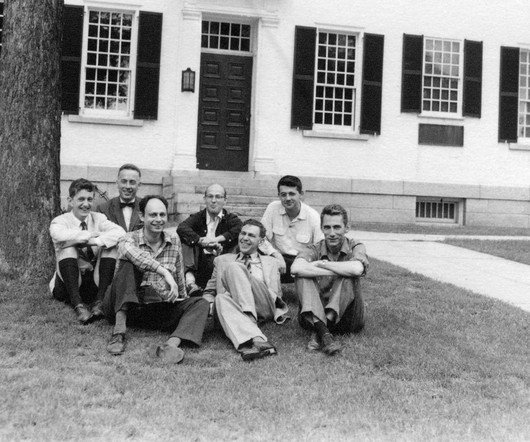


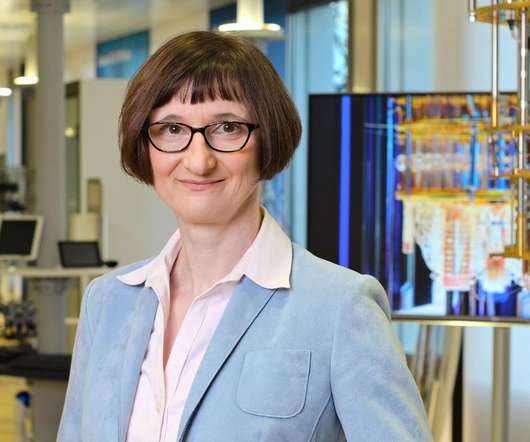

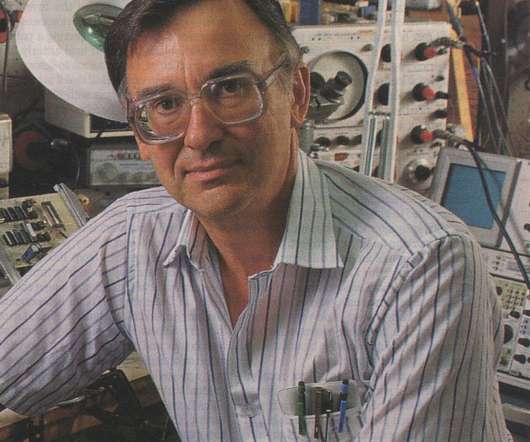

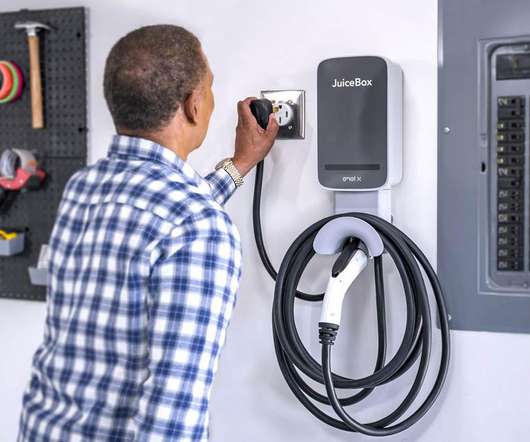

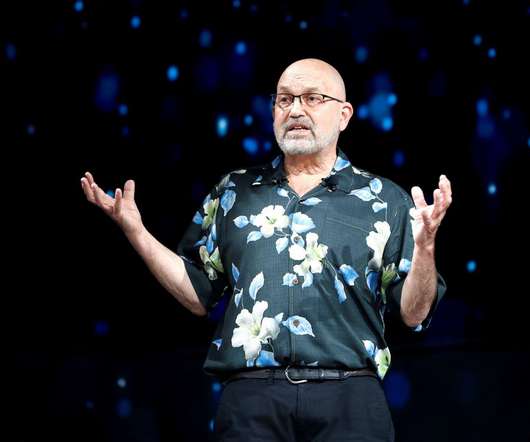
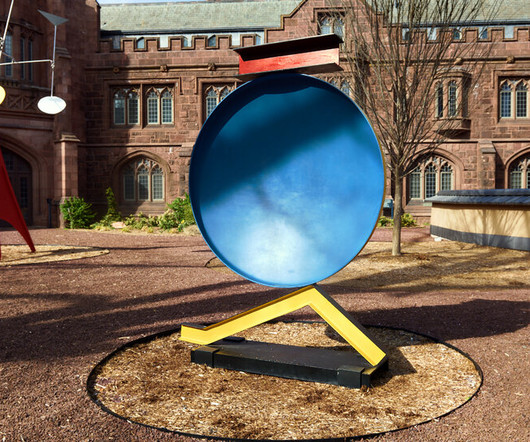
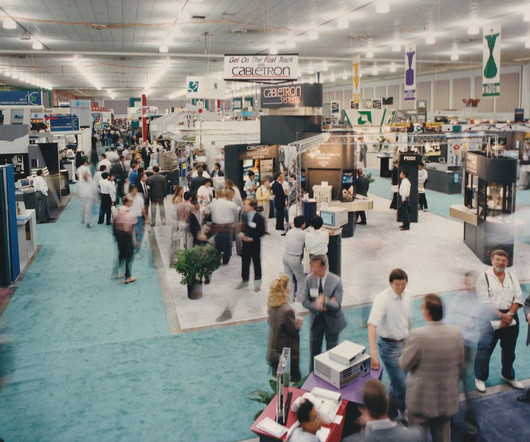
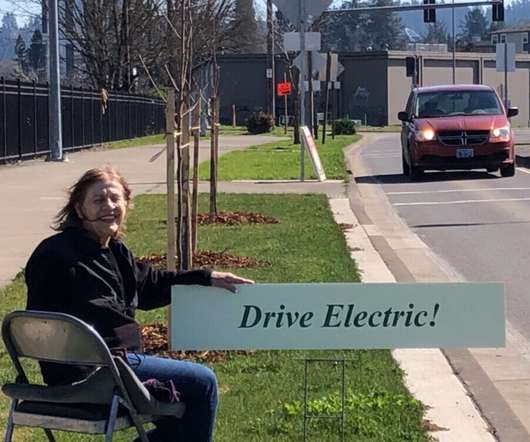
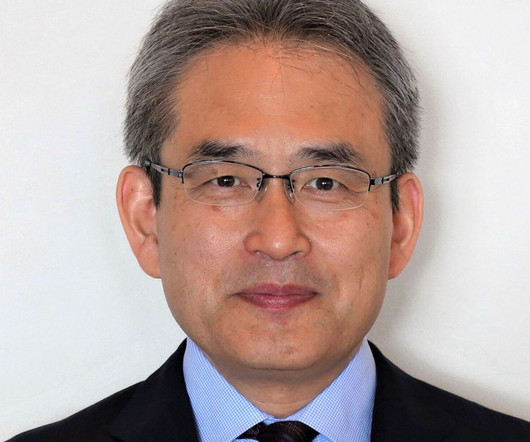






Let's personalize your content